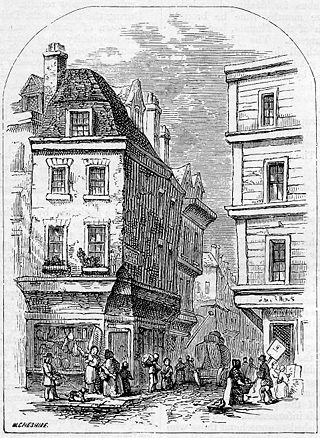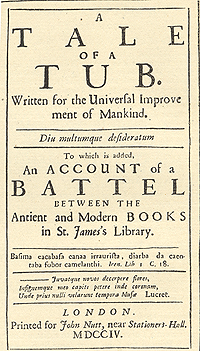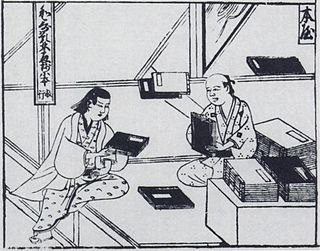Related Research Articles
Oxford University Press (OUP) is the publishing house of the University of Oxford. It is the largest university press in the world. Its first book was printed in Oxford in 1478, with the Press officially granted the legal right to print books by decree in 1586. It is the second oldest university press after Cambridge University Press, which was founded in 1534.

John Playford (1623–1686) was a London bookseller, publisher, minor composer and member of the Stationers' Company. He published books on music theory, instruction books for several instruments and psalters with tunes for singing in churches. He is perhaps best known today for his publication of The English Dancing Master in 1651.

John Day was an English Protestant printer. He specialised in printing and distributing Protestant literature and pamphlets, and produced many small-format religious books, such as ABCs, sermons, and translations of psalms. He found fame, however, as the publisher of John Foxe's Actes and Monuments, also known as the Book of Martyrs, the largest and most technologically accomplished book printed in sixteenth-century England.

Until the early 19th century, Grub Street was a street close to London's impoverished Moorfields district that ran from Fore Street east of St Giles-without-Cripplegate north to Chiswell Street. It was pierced along its length with narrow entrances to alleys and courts, many of which retained the names of early signboards. Its bohemian society was set amidst the impoverished neighbourhood's low-rent dosshouses, brothels and coffeehouses.

Richard Field (1561–1624) was a printer and publisher in Elizabethan London, best known for his close association with the poems of William Shakespeare, with whom he grew up in Stratford-upon-Avon.

Anton Koberger was the German goldsmith, printer and publisher who printed and published the Nuremberg Chronicle, a landmark of incunabula, and was a successful bookseller of works from other printers. In 1470 he established the first printing house in Nuremberg. Koberger was the godfather of Albrecht Dürer, whose family lived on the same street.
Thomas Cotes was a London printer of the Jacobean and Caroline eras, best remembered for printing the Second Folio edition of Shakespeare's plays in 1632.
Andrew Crooke and William Cooke were London publishers of the mid-17th-century. In partnership and individually, they issued significant texts of English Renaissance drama, most notably of the plays of James Shirley.
John Martyn, or Martin, was a prominent London publisher and bookseller in the second half of the 17th century.

Elizabeth Nutt and John Nutt were printers and booksellers and distributors in London in the early 18th century. John Nutt's most famous publication was the first three editions of Jonathan Swift's A Tale of a Tub, but he and Elizabeth were important both as publishers and sellers of many works of English law and literature.

Charlotte Guillard was an early printer who directed the Soleil d'Or printing house in Paris. Annie Parent described her as a "notability of the Rue Saint-Jacques", the street in the Latin Quarter where the shop was located. Twice married and twice widowed, Guillard operated her own publishing imprint for theological books during her two periods of widowhood, that is to say in 1519–20, and in 1537–57. While she was not the first woman printer, succeeding both Anna Rugerin of Augsburg (1484) and Anna Fabri of Stockholm (1496), she was the first woman printer with a significantly known career.

William Barley (1565?–1614) was an English bookseller and publisher. He completed an apprenticeship as a draper in 1587, but was soon working in the London book trade. As a freeman of the Drapers' Company, he was embroiled in a dispute between it and the Stationers' Company over the rights of drapers to function as publishers and booksellers. He found himself in legal tangles throughout his life.
Mary Cooper was an English publisher and bookseller based in London who flourished between 1743 and 1761. With Thomas Boreman, she is the earliest publisher of children's books in English, predating John Newbery.
Ann Mearne was a bookseller who operated in Little Britain, London, from 1682 to 1693. She was part of an influential family of publishers and bookbinders.
Dinah Nuthead was a colonial printer based in the Province of Maryland. She is believed to be the first woman to be licensed as a printer in the Thirteen Colonies.

The selling of books dates back to ancient times. The founding of libraries in c.300 BC stimulated the energies of the Athenian booksellers. In Rome, toward the end of the republic, it became the fashion to have a library, and Roman booksellers carried on a flourishing trade.
Sarah Cotter was an Irish printer and bookseller in the mid-18th century.
Mary Crooke was an Irish printer and bookseller.
Anne Esdall was an Irish printer, publisher, and bookseller.
References
- ↑ "Mary Clark (Biographical details)". British Museum. Retrieved 21 March 2014.
- 1 2 Plomer, Henry R. (1922). A dictionary of the printers and booksellers who were at work in England, Scotland and Ireland from 1668 to 1725. Oxford: Oxford University Press.
- ↑ Werner, Sarah. "Early Modern Women Printers: An Ada Lovelace Post" . Retrieved 21 March 2014.
- ↑ "CLARK, Mary". British Book Trade Index. Retrieved 21 March 2014.
Notes
- Hansen, Kelly. "5 Women Printers and Booksellers of the 17th Century". Scripta Manent, Special Collections & Rare Books University of Missouri Libraries. Retrieved 21 March 2014.
- Hansen, Kelli. "5 Women Printers and Booksellers of the 17th Century". Library News, Libraries University of Missouri. Retrieved 30 November 2021.